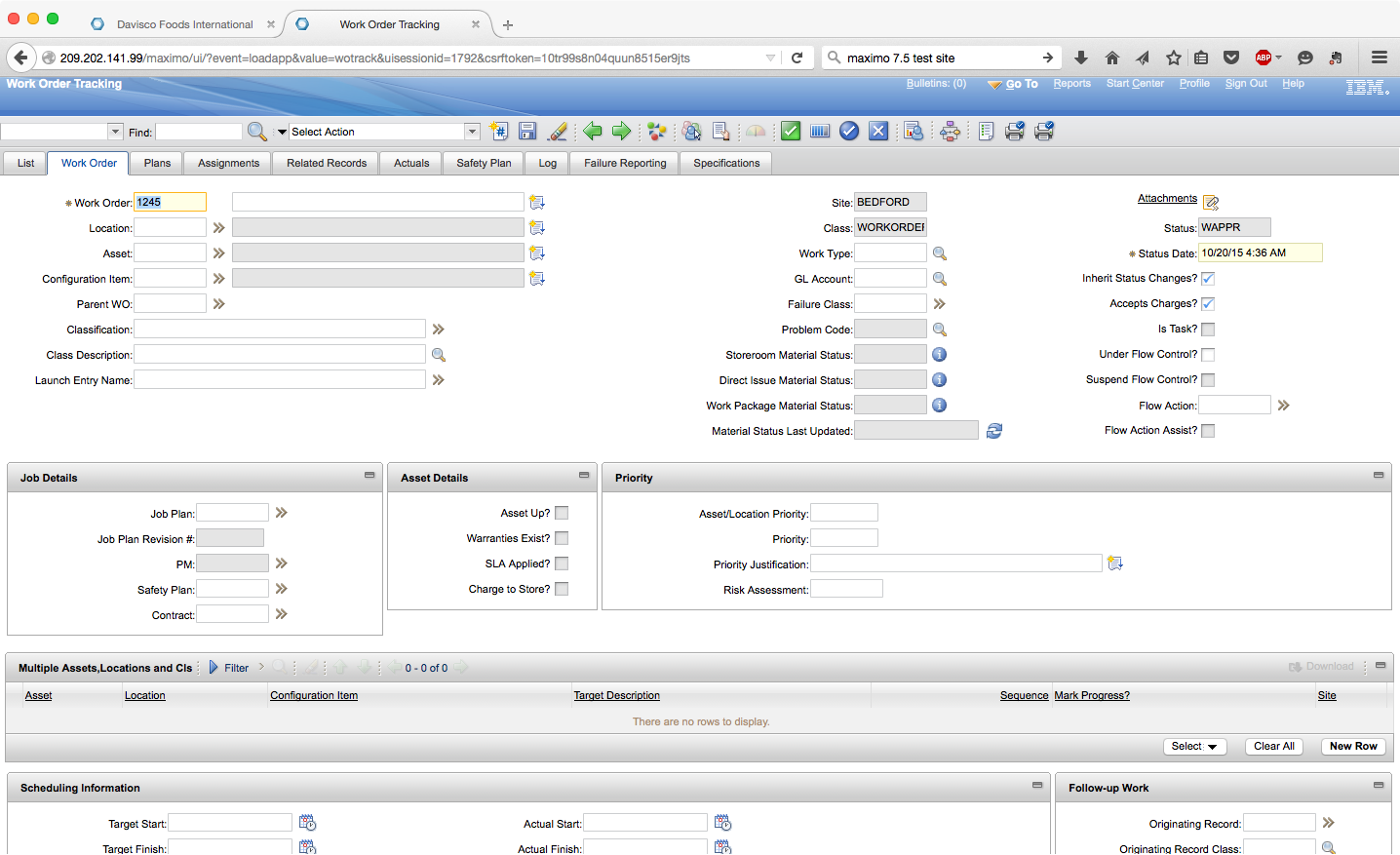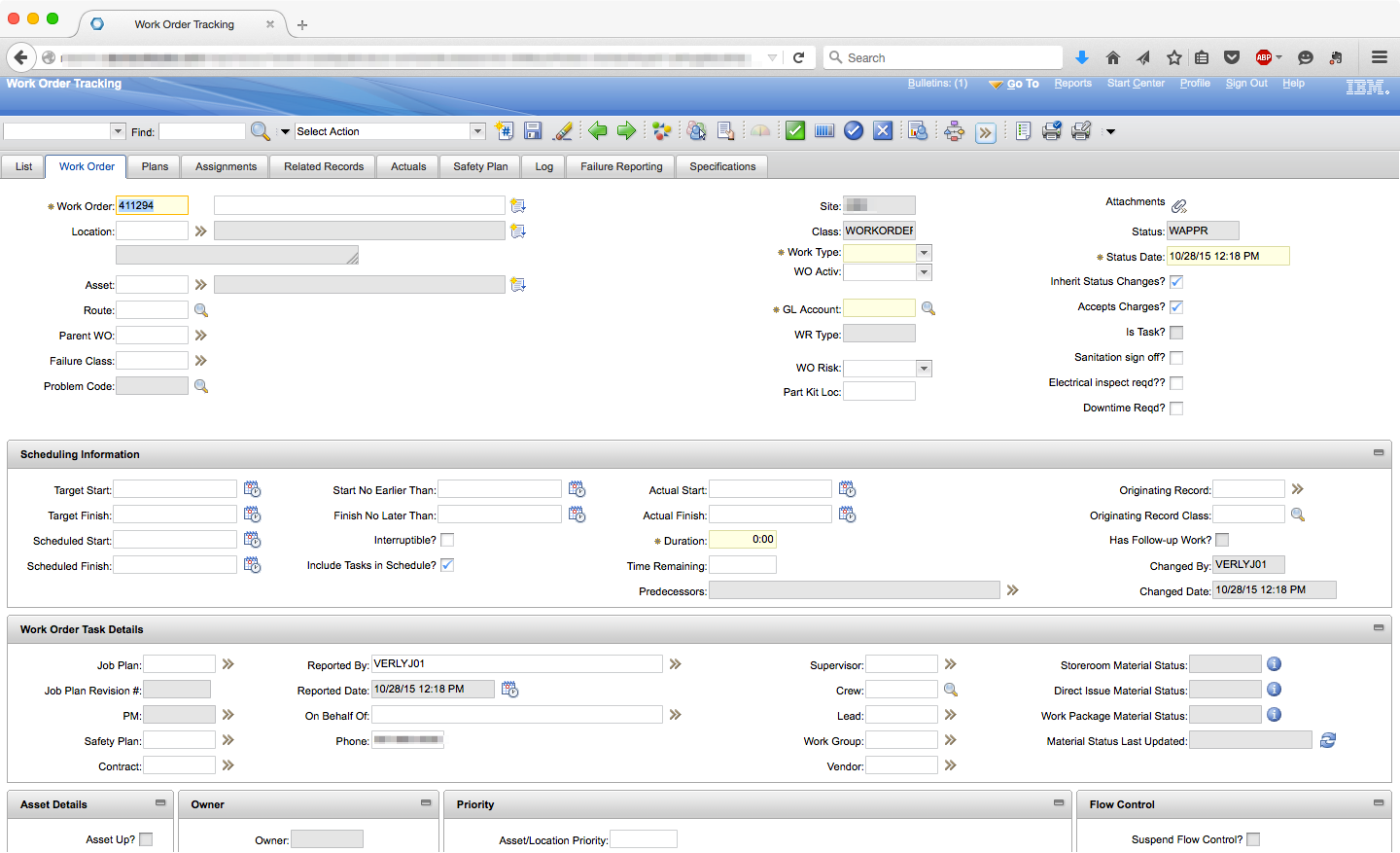I'm normally not one to latch onto to catch phrases or mission statements. My focus has normally been project orientated - what's the goal, what are the tasks, when do we have to be completed, etc. At a recent martial arts class, the instructor shared an inspirational quote with the class.
It's not the daily increase but daily decrease.
Hack away at the unessential.
The quote was from Bruce Lee2 and it resonated with me on a couple of things that had been on my mind that week. We're in the middle of bringing on some new personnel, so we've had to do refresher training on top of adopting new workflow processes. I was consumed about making sure we could keep everything we already had going on plus take on the new tasks we had in front of us.
As I laid in bed one night, the quote was still bouncing in my head when I realized we don't need to keep doing everything, we just need to stop doing what doesn't matter. I spent the next couple of days thinking about what we were currently doing with our reliability programs and looked at how we could hack away at the unessential.
What's on your screen
When I conduct training for new Maximo users, I tell them Maximo is like a large lump of clay - it can be used for a variety of reasons, but requires someone to mold the application into the way you want to use it. After our recent upgrade to Maximo 7.5, we took a harder look at the screens in our most used applications - WO Tracking, Purchasing, Inventory, etc. The first thing I looked at was what fields were visible on the screens versus what fields did we need to have visible on the screens.
Require as many fields on the screen as you need to complete the work order.
Remove as many fields on the screen as you can to still complete the work order.
This thought process allowed us to look at the screens as something moldable and fluid, versus static and rigid. The ultimate goal was to get everything a planner or scheduler needed to see on the Main tab without having to scroll up/down or side to side.
Take a look at the out of the box WO Tracking screen:

Now when we sat back, looked at the WO Tracking screen, and asked ourselves how we can make the screen more effective, we moved a lot of stuff around:

And guess what? We don't have anyone having to vertically scroll on the main tab in WO Tracking anymore.
What are you collecting
I started with looking at what information were we able to collect versus the information we needed to collect. Starting from here, I was able to start working back on what changes we needed to make to several of our work management processes. I started to look at our processes and tried to asked ourselves:
- What information are we collecting on our records against the KPI's or metrics we are you running?
- Are our critical KPI's or metrics supporting the goals of the department and organization?
- Between these two, what can we stop doing to focus on what we should be doing?
Looking at what we are collecting helped drive changes with those who were directly responsible for our asset health. We removed nearly a dozen metrics from our progress review meetings and focused on 4 specific metrics. This allowed us to start focusing on what workflow and procedural changes we needed to do to make a positive change on our critical metrics.
What do have to get done
Rarely do we get to walk into a green field plant and literally build up a maintenance team from the ground up. Normally we walk into an already established environment and we're tasked with making what we already have better. That means there are habits and polices engrained into the employees who have been working there for a number of years. This ended up being the hardest step take and may require someone from outside your organization to help.
To cut away at processes that don't add value to the work you're trying to get done you need to take a step back and ask:
Why are we doing it this way and do we really need to continue doing it this way?
Sometimes the answer is yes. You have legal obligations (FDA, internal quality, financial reporting, etc) to continue with a given process or procedure. I'm betting that if you really dig into how you get things done, you'd find some steps that just don't need to be done anymore. Here's a couple of ideas on where to get started:
- How many people have to 'touch' the work order before the job is considered complete?
- How much effort does a craft employee have to expend to get a part from inventory?
- How much time does a craft employee have to expend to get a job set up before they 'turn a wrench'?
If a workflow process is not helping with the bottom line, why keep it?
Conclusion
A lot of the work to make your reliability program grow is to cut away at what you don't need to do anymore. This can be a challenging process when some of the steps or processes you want to get rid of have become more of habit than procedure.
Sometimes taking a step back and looking at the big picture can give you the perspective to make some amazing changes.
